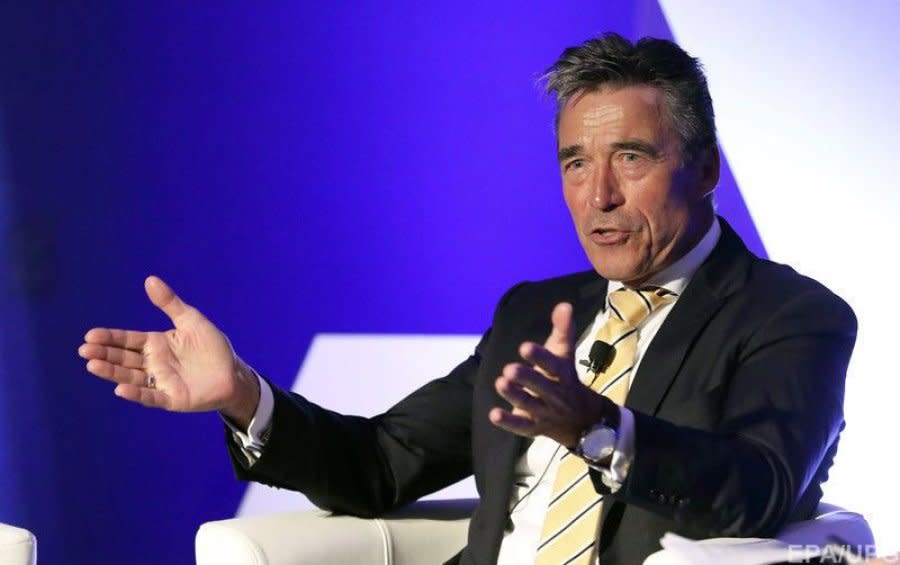Former NATO leader names two mistakes of alliance’s approach to Ukraine

The first mistake occurred back in 2008, when we had a summit in Bucharest where we decided that Ukraine and Georgia would join NATO,” he said.
“However, we weren’t able to agree on how we should provide a so-called action plan on obtaining membership.”
Read also: NATO and Ukraine
According to him, “this division inside NATO sent the wrong signal” to Russian dictator Vladimir Putin, who “a couple of months later, in August 2008, invaded Georgia”.
“Therefore, I think we made our first mistake in 2008 when we didn’t have a particular way forward for Georgia and Ukraine,” said Rasmussen.
The second mistake, he believes, occurred in 2014, when NATO was too weak in its response to the Russian annexation of Crimea, a peninsula in southern Ukraine.
“All of this allowed Putin to think that he might be able to get away with violent territorial expansion at no cost,” the former NATO secretary-general said.
Read also: NATO states informally agree not to supply fighters, tanks to Ukraine — Die Zeit
“So it looks like we made a lot of mistakes. We were too naïve for too long.”
Rasmussen is a former prime minister of Denmark (2001-2009) who was responsible for the country’s tax and deregulation reforms. He became the NATO leader at a time when the alliance was undergoing its own transformation, focusing on innovative warfare that included cybersecurity and economic methods.
There was a substantial decrease in NATO operational activity when Rasmussen was leading NATO, as he was focusing mostly on re-thinking the alliance’s methodology and strategy.
However, Rasmussen has been very vocal on Ukraine’s security interests, having visited Kyiv numerous times after he retired from his position as NATO secretary-general.

